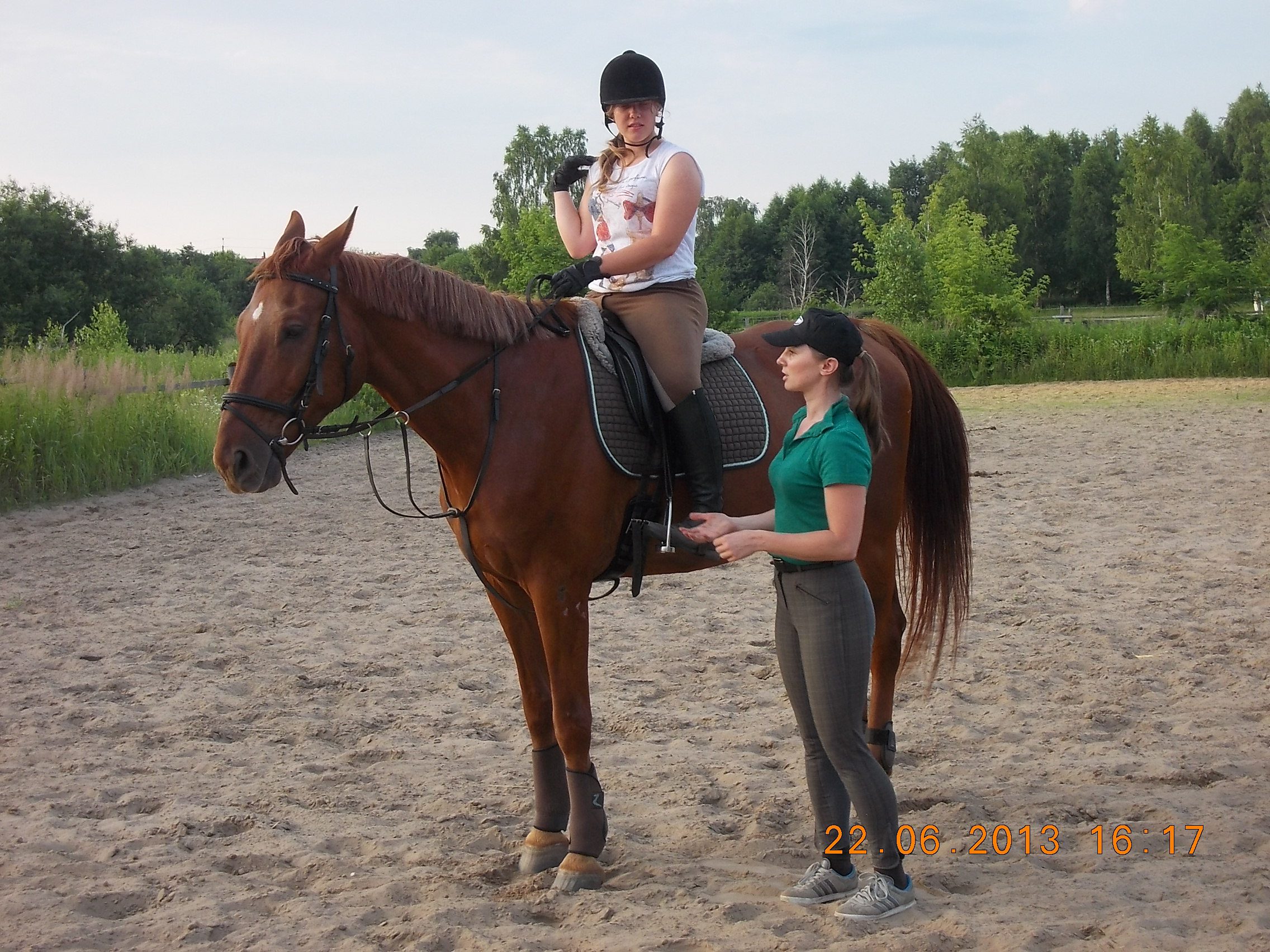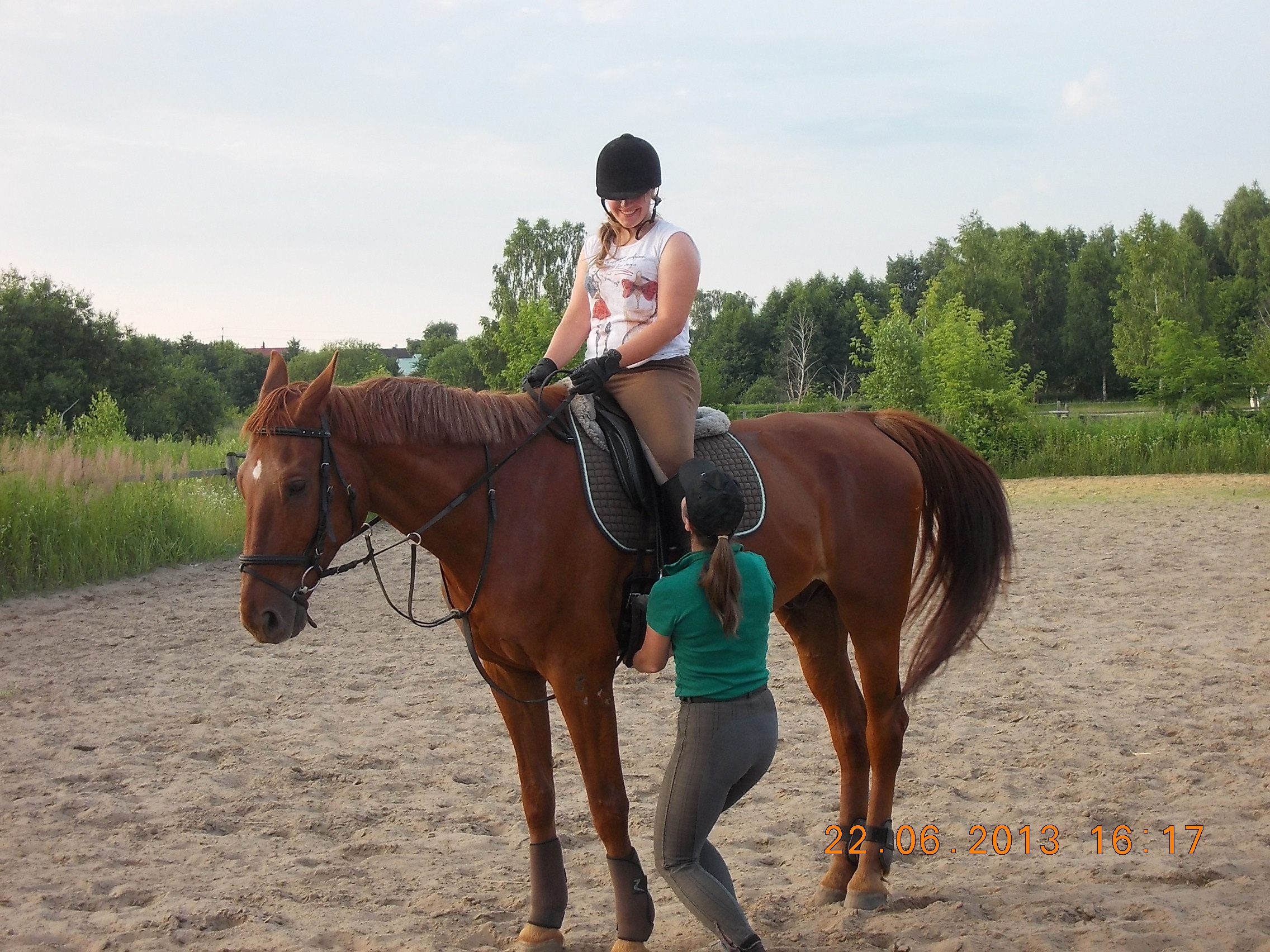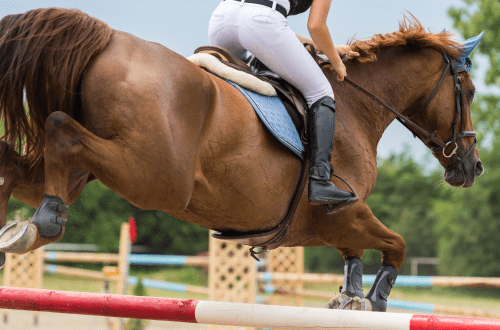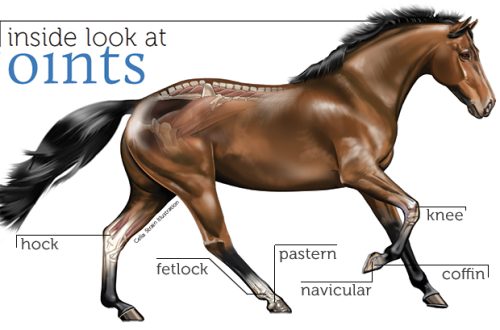
Learning to feel: how are you moving and how is the horse moving?
Learning to feel: how are you moving and how is the horse moving?
I am convinced that we all learn faster when we are aware of what we are learning. Therefore, in my training, I combine visual awareness (video analysis) with kinesthetic awareness, offering students exercises that stimulate their senses, help them understand how, in what position and why their bodies should work.
It is difficult to “catch” a stable position in the saddle without feeling how the horse’s back works under you. How many movements do you think she makes?
A small horse that you can walk beside with your hands on its back on either side of its spine can help with your “research”.
Have someone lead the horse as you walk beside it, resting your hands on the muscles where the rider sits (near the withers). Do you feel a lot of movement? Is this forward movement? From side to side? Up and down?
Then place the hand closest to the horse on its spine. Do you feel a lot of movement? Could you describe it in mm or cm?
Move to the horse’s rump (only do this if the horse is used to being touched anywhere on its body). Place your hand directly on the point of the horse’s hip (above the protruding part of the thighbone) – does the horse’s pelvis move more or less than his back?
You will conclude that the horse’s back is actually moving much less than its hindquarters. Your job as a rider is to mirror the movements of the horse in your own body.
The more fit a horse is, the more stable he can make his spine using his lower abdominal muscles, and the more control he can make due to his good balance.
As a rider, you too are working to eliminate swings in your upper body to stabilize your own spine while maintaining flexibility in your hip joints.
How to feel stability?

Have your instructor or your assistant gently grasp the back of your T-shirt and pull it to the pommel while walking beside you. This small restriction will tell you about the movements of your upper body and will let you know about problems with the hips, lower back, knees or ankles.
Riders often do this to compensate for stiffness elsewhere in their body when they push their torso. Sometimes you may feel that by “relaxing” the body, you are encouraging the horse to relax. But this is an illusion – the horse is tensing the muscles around the spine in order to stabilize both himself and you.

Discussing the importance of placing the shoulders over the hips can help the rider to stabilize the entire spine.
When you stabilize your own spine without tension, you are aligning it with the horse’s spine as one. This is not an easy task, especially if you have low muscle tone. However, it is very important for your riding progress.
The first step is to feel and become aware of how much movement you are making in the saddle and how much the horse is actually making.

When an assistant holds you by the T-shirt, you may feel that to maintain sufficient stability in your upper body, you need to use a lot more muscles than you previously thought.
The feeling of a raised horse’s back
Ask your trainer to “lift” the horse’s belly when you are in the saddle.
Below you can see how I do it. A wide smile appears on the rider’s face when she first feels that feeling when the horse’s back rises towards her and “fills” the saddle. She likened it to the sensation that occurs when a horse’s back sags down.

The angle at which the photo was taken makes it difficult to see how much this horse can actually round his back when pulling and contracting his abdominal muscles, but the difference between how he works under saddle normally and how he can work without inflicting harm to one’s health is significant.
Viola Grabovska (source); translation by Valeria Smirnova.
 dobryakova 13 May 2019 city
dobryakova 13 May 2019 citycool answer





